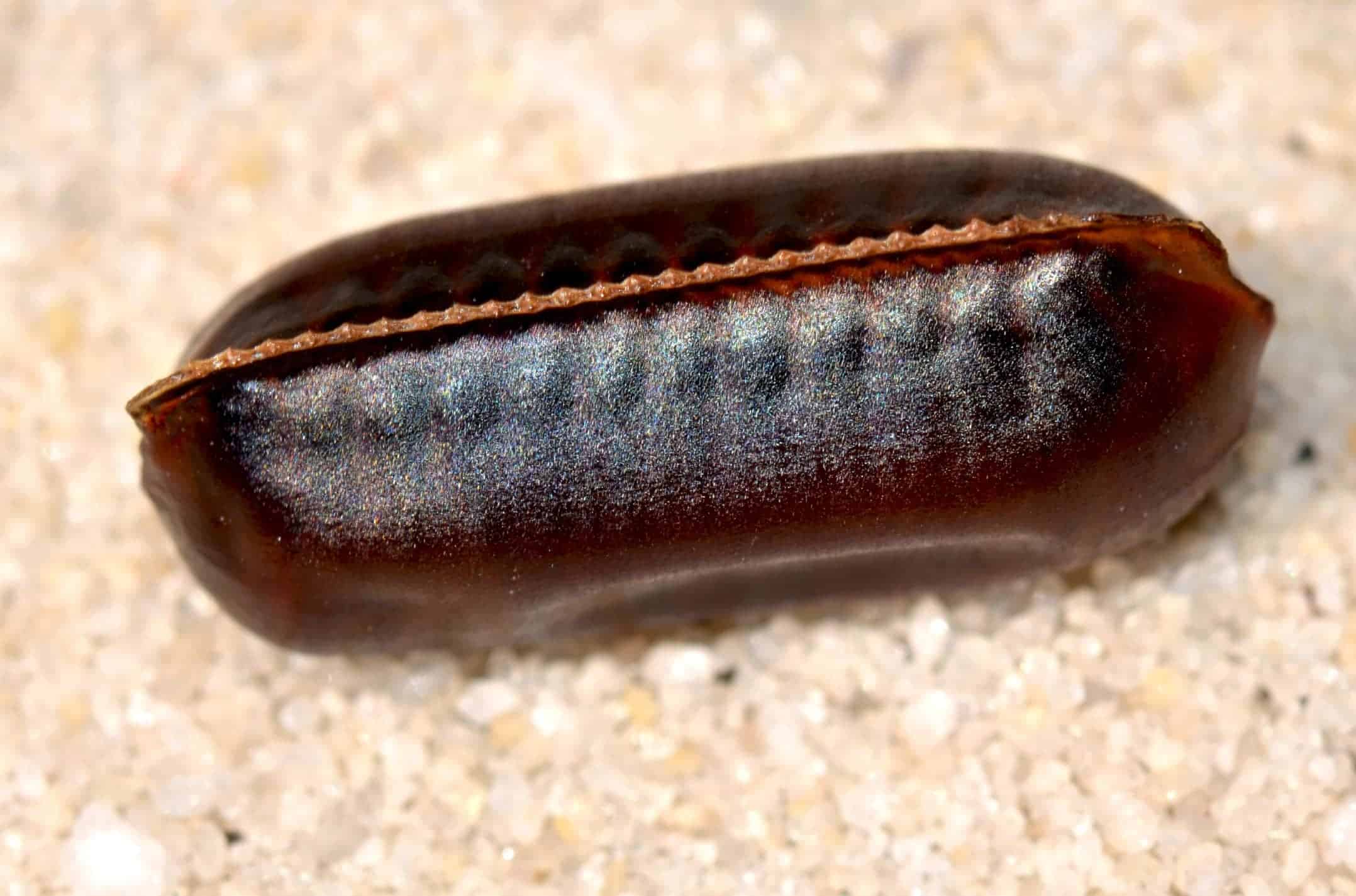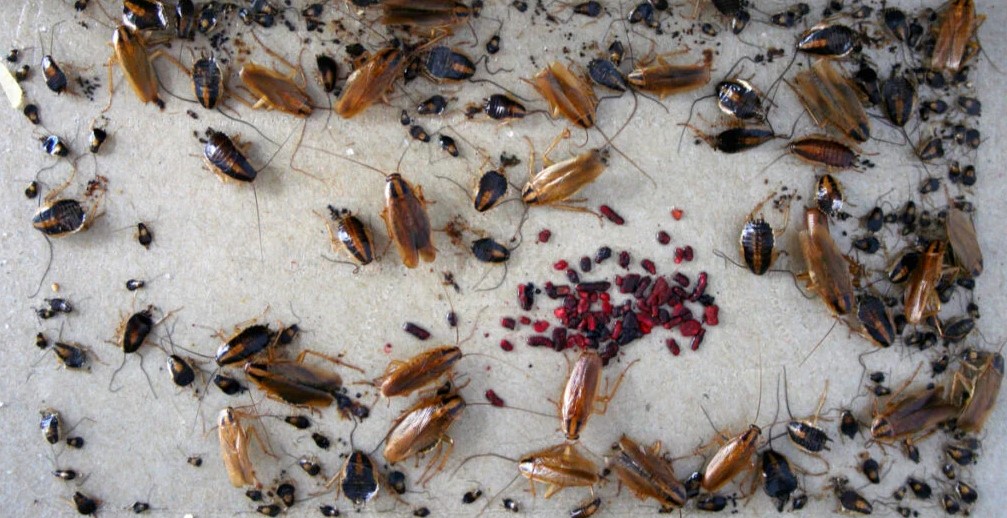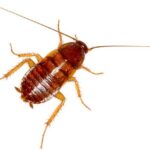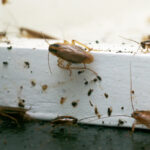Cockroaches are among the most resilient creatures on Earth, capable of surviving in nearly every environment. One of the most concerning aspects of these pests is their ability to reproduce rapidly, often leading to infestations that seem to appear out of nowhere. A critical component of this reproductive success lies in their egg cases, also known as oothecae. Understanding cockroach eggs and their development is crucial for preventing and controlling infestations in your home or business.
What Are Cockroach Eggs?
Cockroach eggs, or oothecae, are the egg cases that contain the fertilized eggs of a cockroach. These eggs are not laid individually but are encased in a protective capsule that allows them to survive in harsh conditions. Depending on the cockroach species, an ootheca can contain anywhere from 10 to 40 eggs. These cases are typically dark brown or black and are often about the size of a grain of rice.
While adult cockroaches can be quite visible, the egg cases are often hidden in cracks, crevices, or other sheltered areas. This ability to hide their eggs contributes to the difficulty in eradicating cockroach infestations.
The Life Cycle of a Cockroach: From Egg to Adult
Cockroaches undergo a gradual metamorphosis, meaning they don’t go through a pupal stage like butterflies or other insects. Instead, they develop from eggs into nymphs (young cockroaches) and then into adults. Here’s a breakdown of how the cockroach life cycle unfolds, starting with the egg stage:
- Egg Stage: After mating, female cockroaches produce oothecae. Depending on the species, the female will carry the egg case for a period of time, either keeping it attached to her body or depositing it in a hidden area. The ootheca protects the eggs from environmental factors, predators, and even some chemicals. Once the eggs are ready to hatch, the ootheca is either left behind or opened by the emerging nymphs.
- Nymph Stage: Once the eggs hatch, the nymphs emerge. These baby cockroaches resemble adults but are smaller and lighter in color. They lack fully developed wings and reproductive organs. Nymphs molt several times before reaching adulthood, each time growing larger and darker in color.
- Adult Stage: After several molts, the cockroaches become adults. At this stage, they develop fully functional wings, reproductive organs, and are capable of breeding. Adult cockroaches can live for several months and, during this time, continue to produce oothecae, perpetuating the cycle.
How Do Cockroach Eggs Get Into Your Home?
Cockroach eggs can enter your home in various ways, usually by hitching a ride with objects or materials brought in from the outside. Here are some common ways cockroach eggs can find their way into your living space:
- Bags, Luggage, and Packages: Cockroach eggs may be attached to bags, boxes, or even the packaging of food products. When you bring these items into your home, you may unknowingly introduce cockroach eggs into your environment.
- Used Furniture or Appliances: If you acquire secondhand furniture, appliances, or electronics, these may harbor cockroach eggs. Since cockroaches tend to hide in cracks and crevices, it’s important to inspect used items before bringing them inside.
- Hitchhiking from Neighbors: Cockroaches can travel through walls or shared ducts, especially in apartment buildings. If your neighbors have a cockroach infestation, eggs may migrate into your home through hidden entry points.
Identifying Cockroach Egg Cases
Recognizing cockroach eggs can be challenging, especially since they are often hidden in hard-to-reach areas. However, knowing what to look for can help you spot an infestation early. Here’s how to identify cockroach egg cases:
- Appearance: Cockroach egg cases are usually dark brown or black, shaped like a small, oblong capsule. The eggs inside may sometimes be visible through the case, especially in lighter species of cockroaches.
- Size: The size of the egg case depends on the species, but most oothecae are around 1/4 to 1/2 inch in length.
- Location: Cockroach egg cases are commonly found in dark, hidden areas like cracks in walls, behind appliances, in cabinets, under furniture, or inside baseboards. They may also be found in storage areas or attics.
- Movement: Some species of cockroaches, like the German cockroach, will carry their egg cases until they are ready to hatch. If you notice a cockroach carrying an egg case, it’s a clear sign that an infestation is imminent.
How Long Do Cockroach Eggs Take to Hatch?

The length of time it takes for cockroach eggs to hatch depends on several factors, including the species of cockroach, temperature, and humidity levels. On average, it takes around 2 to 4 weeks for cockroach eggs to hatch. However, under optimal conditions, such as warm temperatures and high humidity, the process can be even faster.
For example, the German cockroach (one of the most common types found in homes) carries her ootheca for about 28 days before laying it in a secure location. Once the eggs hatch, the nymphs are ready to start foraging for food and water, making it important to address infestations as soon as possible.
Preventing and Eliminating Cockroach Eggs
Preventing cockroach infestations requires a combination of sanitation, maintenance, and vigilance. Here are some strategies to help eliminate cockroach eggs and prevent future infestations:
- Regular Cleaning: Cockroaches are attracted to food and water sources. Ensure that countertops, floors, and storage areas are regularly cleaned to eliminate crumbs, grease, and water sources that may attract cockroaches.
- Seal Cracks and Crevices: Cockroaches enter through cracks and gaps around windows, doors, and pipes. Sealing these entry points can help prevent them from getting inside and laying eggs.
- Proper Waste Disposal: Always take out the trash regularly and use tightly sealed bins. Cockroaches thrive in places with food waste, so proper waste management is essential.
- Pest Control Measures: If you find cockroach egg cases in your home, it may be time to contact a pest control professional. They can treat your home with the proper insecticides to kill both the adults and the eggs, breaking the cycle of infestation.
- Use Baits and Traps: Cockroach baits and traps can help reduce the population of cockroaches and detect areas where eggs are being laid. While baits kill adult cockroaches, some traps are designed to catch nymphs, helping to further limit the spread of the infestation.
Conclusion
Cockroach eggs are a key factor in the rapid spread of cockroach infestations. These resilient pests can lay dozens of eggs at a time, and the protective oothecae ensure that their offspring have a higher chance of survival. By understanding how cockroaches reproduce, recognizing the signs of egg cases, and taking proactive measures to eliminate them, you can better protect your home or business from these persistent pests. Early detection and prompt action are essential to stopping a cockroach infestation before it becomes a major problem.



